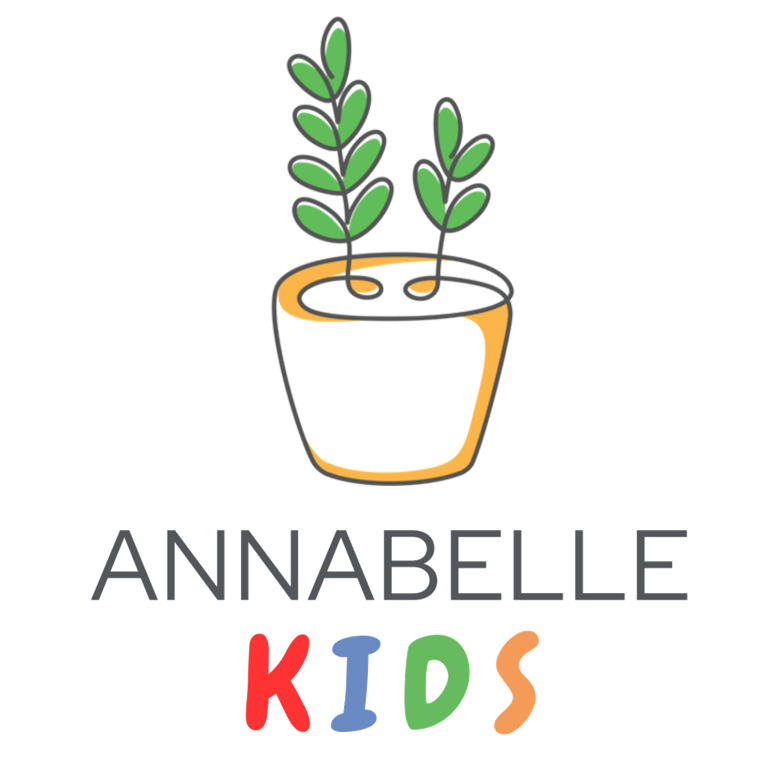Routines
Sparking a Routine (according to the Hanen Program)
Trying to incorporate routine into your child’s life? Well, we have some tips for you to set the SPARKs - according to the Hanen Program!
Teaching them to Wait
While we get them into routines, it’s inevitable that routines don’t flow all the time. This is where waiting comes into play.
Waiting:
provides an intentional pause while communicating
enables our children to process their words or actions
allows them to recognise that they will have their turn
1. Start small
Start in small degrees (e.g., 30-seconds of wait time)
Progress slowly once your child can tolerate the duration
Use reinforcements when necessary (e.g., praise them for waiting well)
2. Practice at home
When offering choices to them
(e.g., do you want to play with your blocks or cars?) – Wait for them to think and respond
Through play
Take turns (e.g., “mummy goes first, then you”). Offer the visual/gesture of wait when they try to interject your turn.
When reading stories
Intentionally leave blanks when reading. This allows your child to recall what’s next
Set up activities that require requesting/asking
(e.g. when building blocks, offer a few and keep the rest with you. Wait for your child to request for more).
3. Model your actions
Model the word/gesture that you want them to repeat (e.g., hands on lap)
If visuals work better, show them in picture form
Challenging Routine: Bath Time
Much as we would like to think that routines make things easy, certain routines can be a major challenge for us and our kids! Here we share some tips that might help make bath time a little easier.
1. Make it fun
Introduce soap, toys, bubbles and music in the shower
You could also sing and dance together in the shower!
2. Educate them on hygiene
Poor hygiene can affect our health (e.g., bacterial and viral infection)
Maintaining body hygiene can keep us clean and fresh
3. Show them that showering is normal
Introduce them to cartoon or book characters that shower or take baths
Sing them bath-related rhymes/songs
4. Make it a routine
Add it to the daily routine
Playtime before shower may not be a good idea: children may find it hard to disengage from the fun time they’re having
5. Find out why they resist the shower
Be empathetic and non-judgemental as you listen to their reasons
Maybe they don’t like their shampoo, find it too cold, or fear getting soap in their eyes. Help make it more bearable!
Transitioning
Transitions may be challenging for children. In new environments, with new people, or when routines change, children may react with challenging behaviours. But with preparation and consistency, they may gradually participate in smooth transitions to different activities or places.
Here are some transition techniques to try!
1. Give your child an indication before transiting to a next activity
“Tim, we are packing up in 5 minutes”
“3 more rounds on the slides and we’re going home”
2. Use a transitional object when going from one location to another
Choose an object that your child likes
Before your transit, you can say: “Let’s bring Ellie, your favourite giraffe to the park”
3. Set a visual timer
By doing so, you may let your child know that when the timer goes off, they will move on to another activity
4. Create your own transitional sounds/songs to aid a smooth transition
Sing a familiar tune
Shake a pair of maracas and move together with your child
5. “First, Next, Then”
Let your child know the sequence of events e.g. first – toilet, next – snack, then – play
Use visual cue cards if necessary
Establishing routines helps children feel secure and understand what to expect, but flexibility and preparation are key when routines don’t go as planned. Teaching children to wait, easing them into transitions and making challenging routines more engaging can build independence, cooperation and promote healthy emotional regulation – making life easier for both the parent and child.

